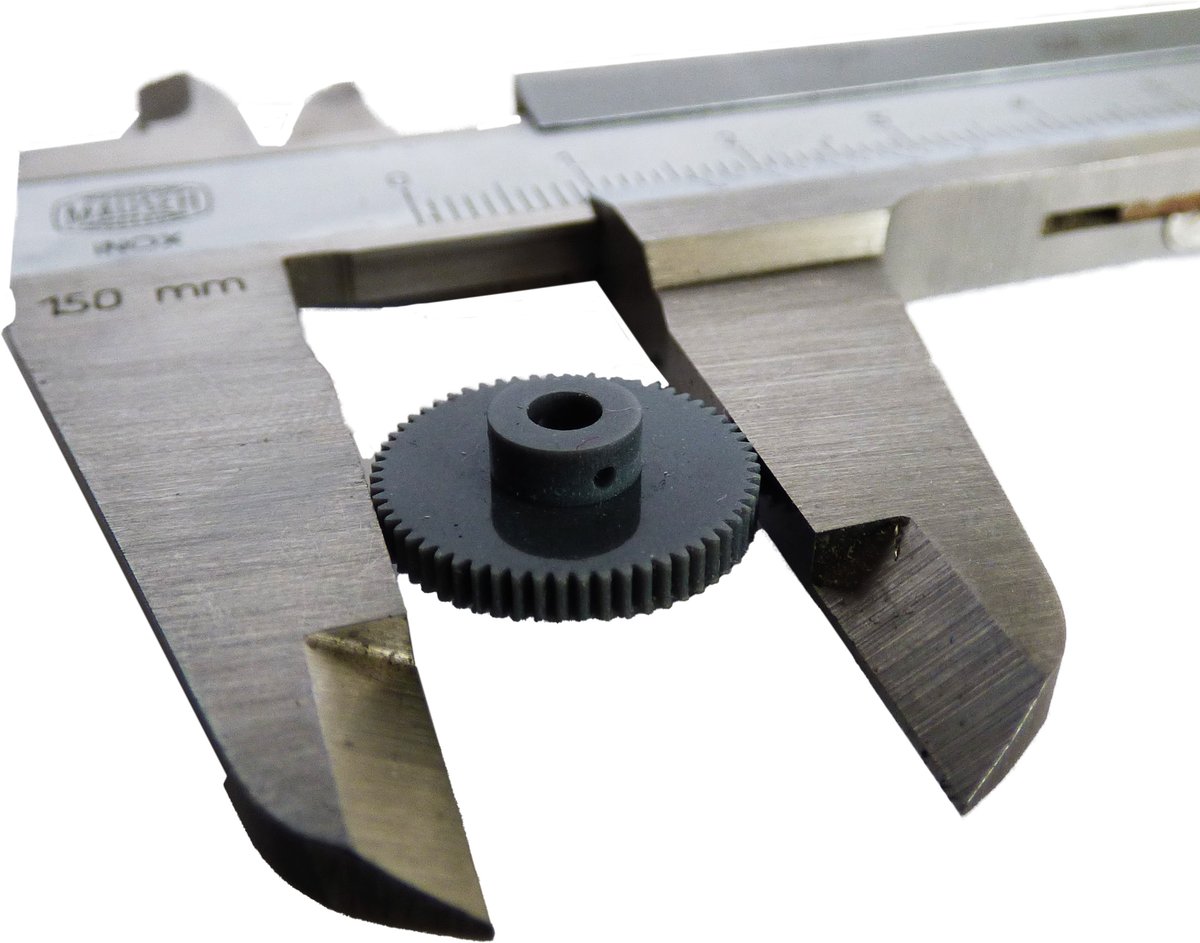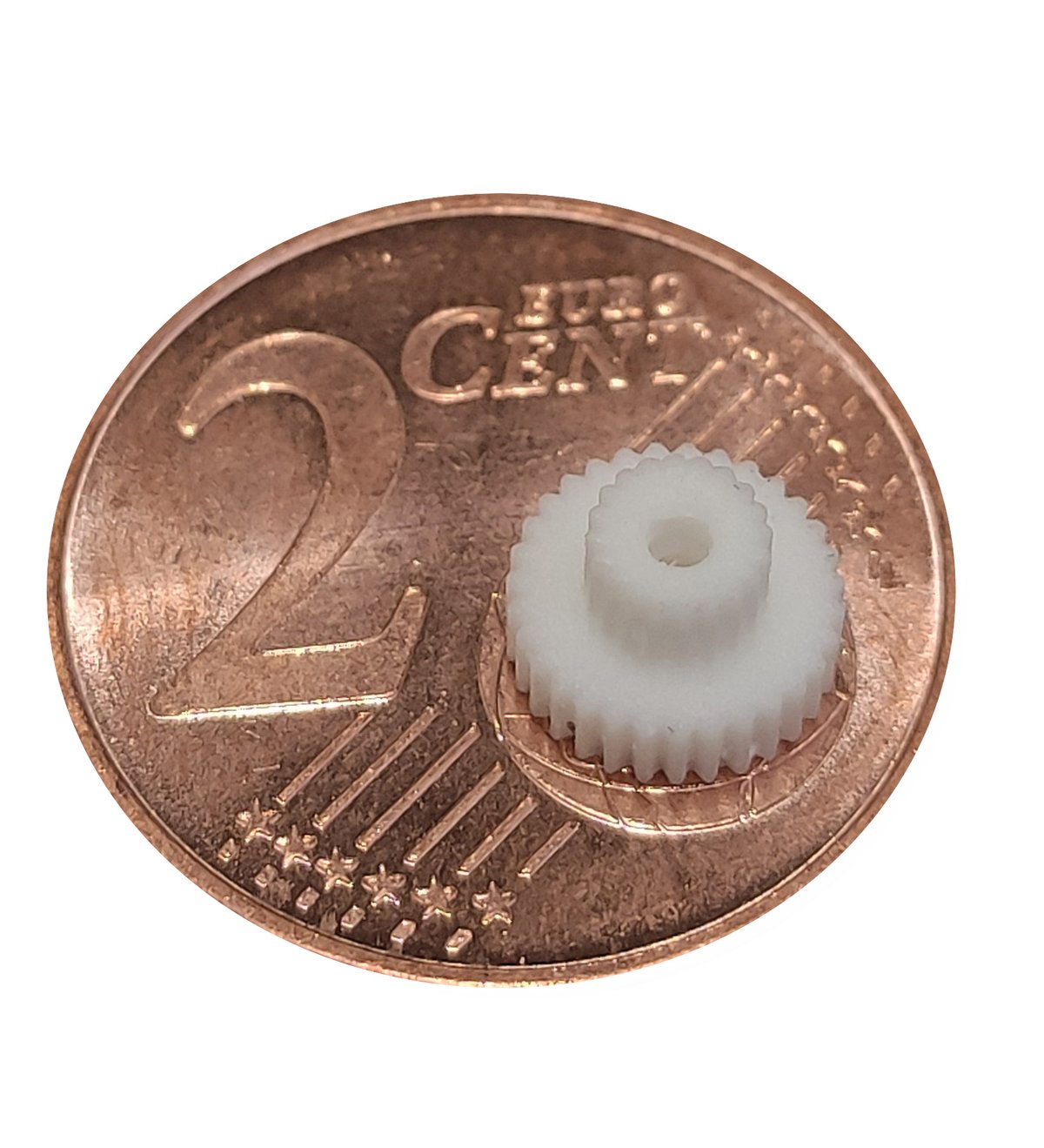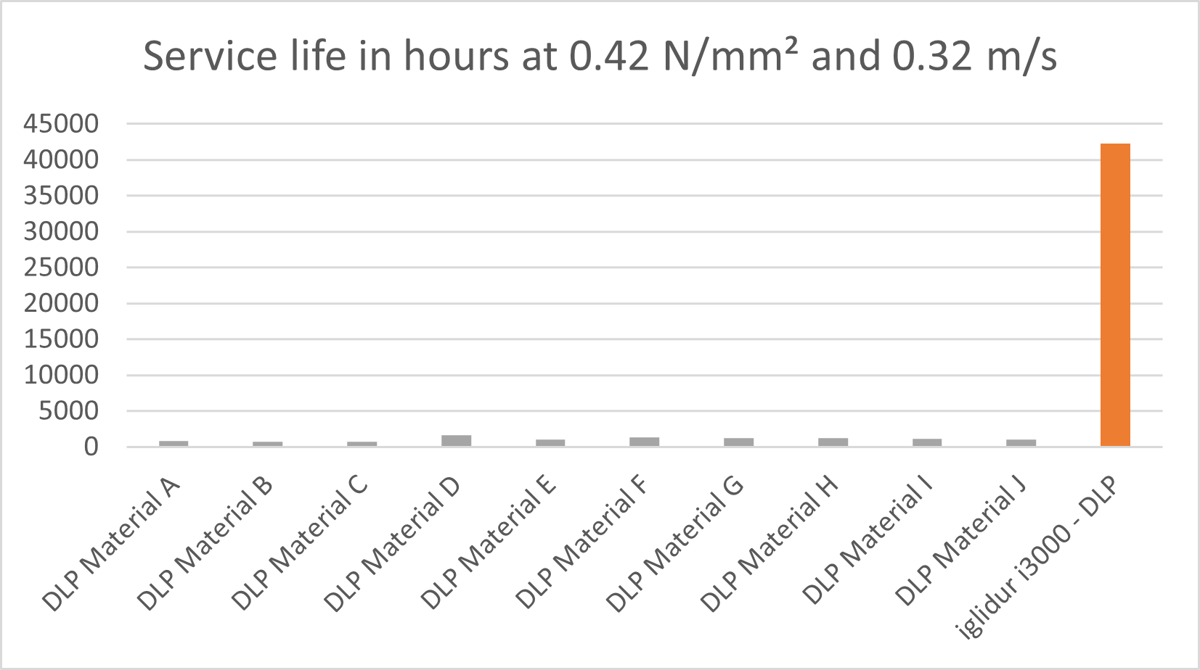As additive manufacturing technology evolves, it has become a staple in many industrial production settings. Different 3D printing methods and materials are ideal for different application areas.
While resin 3D printing is renowned for its ability to produce intricate models in incredibly high resolution, this process isn’t typically thought to be an option for industrial applications that require strength, durability, and other mechanical properties.
igus, a plastic and polymer manufacturer, is attempting to change this perception with its latest 3D printing resin: iglidur i3000. With its latest creation, igus is expanding the capabilities of DLP 3D printing and enabling professionals to produce tribologically optimized components.

iglidur i3000 Makes Resin 3D Printing More Sophisticated
DLP (Digital Light Processing) 3D printing is a resin-based method that provides a high level of detail. A projector is utilized to cast UV light onto the surface of synthetic resin, starting a polymerization process that results in a hardened layer of polymer plastic.
The DLP process is a variation of the SLA (Stereolithography) process, which was the very first 3D printing technique, developed back in the 1980s. The major difference is the use of a projector instead of laser spots. DLP works more efficiently by casting UV light uniformly and completing an entire layer at once, while the SLA laser needs to touch every point of the layer geometry sequentially.
In short, using a projector is not only faster but also more precise. Leveraging the power of DLP technology, igus has developed resin materials that can be used to print extraordinarily small parts with a resolution of up to 35 μm, which is half as thick as human hair. This incredible resolution allows users to print highly detailed and complex components, such as gears with a 0.2 tooth module. Additionally, the surfaces of these components are as smooth as injection molded parts and don’t require post-treatment.

Its latest resin, iglidur i3000, is engineered to produce wear parts that require a long service life. Parts produced with this material are entirely self-lubricating, which means they don’t need to be manually lubricated to work efficiently. Not only does self-lubrication eliminate the need for manual maintenance when parts wear out linearly, it also reduces environmental waste.
The primary advantage of the newly developed igus 3D printing resin lies in its wear-resistance. Unlike common 3D printing resins, iglidur i3000 was developed to manufacture tribologically optimized components. According to the manufacturer, this specialized material provides parts with an exception service life, up to 60 times longer than other resin materials.

“We were able to prove in laboratory tests that the wear resistance of iglidur i3000 is at least 30 times higher than at all 10 tested commercially available 3D printing resins. In some applications, we even expect an increase in service life by a factor of 60,” states Tom Krause, Head of Additive Manufacturing at igus.

Parts made with iglidur i3000 can withstand long-term application temperatures of up to 80°C, rendering them as useful for many kinds of moving applications. In addition, iglidur i3000 can be utilized with 3D printers that use photopolymerization and has been tested on both DLP and LCD machines. The best results can be achieved with light sources of 385 nm wavelength, while 405 nm works as well with slightly longer exposure times.
igus 3D printing Service Delivers High-End Parts Directly to You
As 3D printing becomes more popular across industrial fields, many companies are now producing their own parts with their own 3D printer. However, DLP 3D printing comes with mandatory safety measures that may deter people from adopting this additive manufacturing method in their own production line.
For these clients, igus has a 3D printing service that specializes in the production of tribologically optimized components for any kind of moving application. In addition to SLS (Selective Laser Sintering) and FDM (Fused Deposition Modeling) 3D printing, igus also offers DLP 3D printing to clients.

3D printing engineers will help customers choose which process and material is best-suited for their application or project. With DLP printing, small and complex parts are now more readily available than ever before.
“We are entering the beta test phase with our first customers. At the same time, we are working on ensuring that DLP 3D printing is also available via the online tool, which customers can use to upload STEP files for their components or configure gears in just a few clicks,” says Tom Krause. “In 2021, igus produced more than 300,000 abrasion-resistant components using 3D printing in Cologne Germany, Shanghai China and Rhode Island USA, no minimum order quantity, up to 10,000 units.”
Resin or filament: Which one is better?
FDM, SLS, and DLP 3D printing are all commonly used and well-established printing techniques, but the question remains – which one is better?
There is one simple answer: It depends. It depends on the part design, the application, as well as the size of the component. Here is an overview that might help you decide which procedure is more suitable to the needs of your application:
